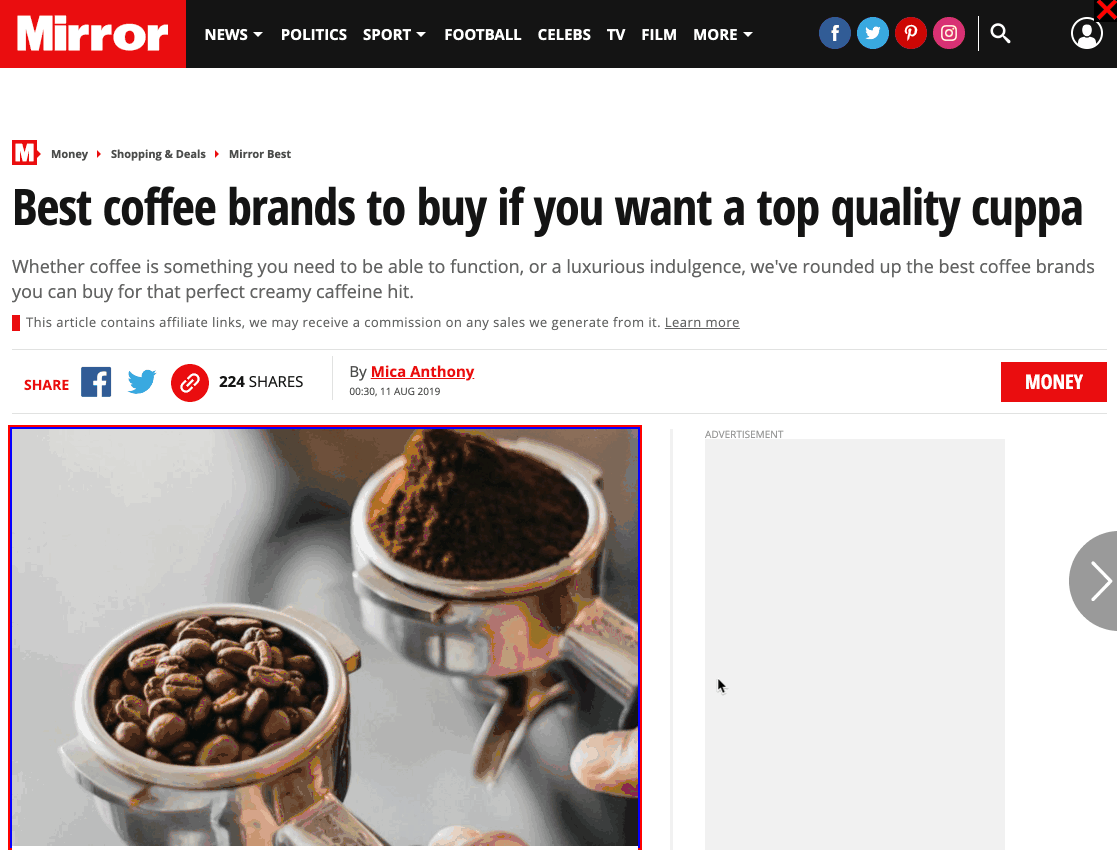

Not only does alt text help with SEO, it keeps websites compliant with standards set forth and established via the Americans with Disabilities Act (ADA). Alt text helps search engines understand an image, which helps with the contextual association - and, in turn, the overall ranking of a site. Unfortunately, they do not understand images like a human does. They rely on keywords and descriptions to rank websites. When these images are optimized, it can help searchers find web pages easier and creates a better user experience.Īlt text is also important because search engine spiders and crawlers are mainly text-based. Blogging, for example, relies heavily on images to help guide the reader through the post.
#Alt text on image code#
An alt tag is a colloquialism people use to refer to the alt attributes and text.Īll three terms are used to describe the same idea - it’s the HTML code that describes a picture.Ĭontent is generally accompanied by images to create context and make it more user-friendly. The alt attribute is defined by whatever the text says. The “alt” portion is the attribute of the HTML coding, while the description in quotations is called the alt text. Here is an example of how the code would appear on the page: Oftentimes, “alt text,” “alt attribute,” and “alt tag” are used interchangeably.


It should be added to every image that conveys meaning in instructional. However, there is another key element of optimization that many people overlook - image alt text. Alternative text, or alt text describes the content of images, graphs and charts. Keywords, search engine results page (SERP), and cost-per-click (CPC) are all common vocabulary. Many companies are learning the value of search engine optimization (SEO) and creating digital marketing content for their business. This happens when an image fails to load, or when someone uses on-screen reading tools. Alt text is written text that appears in place of an image on a web page.


 0 kommentar(er)
0 kommentar(er)
